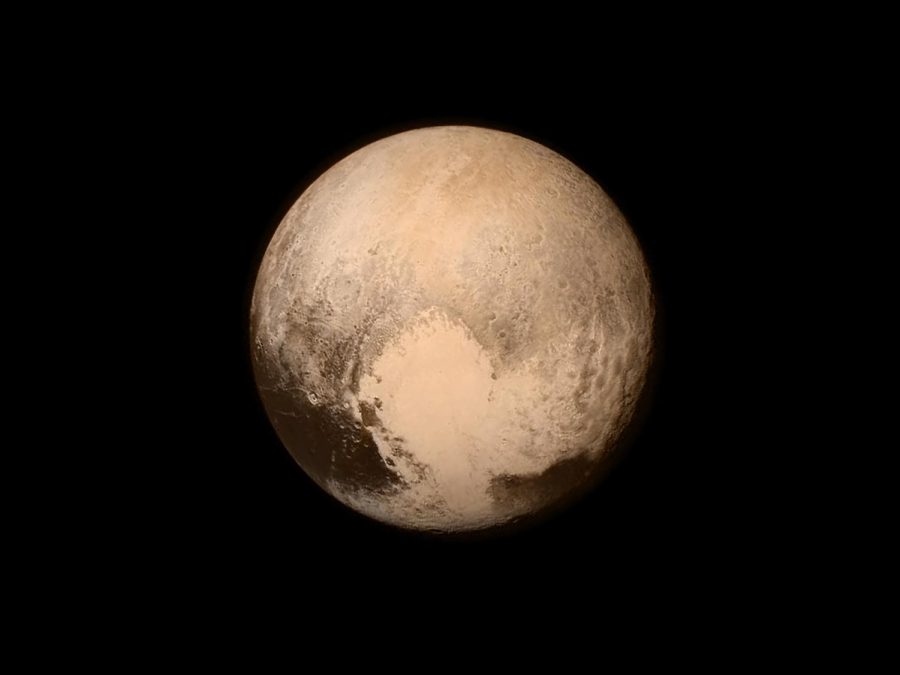Why isn’t Pluto a planet?
Pluto is still a planet, but it is scientifically identified as a “dwarf planet”.
What is Pluto? It was known as a planet for a while but, in August 2006, the International Astronomical Union (IAU) had demoted it to a dwarf planet.
Pluto was originally discovered and identified as a planet on February 18, 1930, by astronomer Clyde W. Tombaugh. The discovery of it made headlines across the globe. He then chose the name Pluto and it became official on March 24, 1930. But Pluto’s claim to fame as a planet lasted barely three-quarters of a century.
So, what makes a planet officially a planet, and why does Pluto no longer qualify? According to NASA and their criteria on planets, there are three things for a planet to be defined as a planet. First, it must orbit a star. Next, it must have a gravitational pull strong enough to make a spherical shape. Finally, it must be big enough that its gravity cleared away any other objects of similar size near its orbit around the Sun. This makes a planet a planet, and Pluto does not qualify by those definitions.
In 2006, the IAU demoted it to a dwarf planet. While it met two of the requirements to be a full-fledged planet, it has not cleared its neighboring region of other objects. A dwarf planet is defined as a celestial body that orbits around the sun and has enough gravitational force to make an ellipsoid in shape but is missing at least one of the other identifying features.
There are also other dwarf planets like Pluto and, with its demotion, this former planet joined the four other dwarf planets in our solar system.










